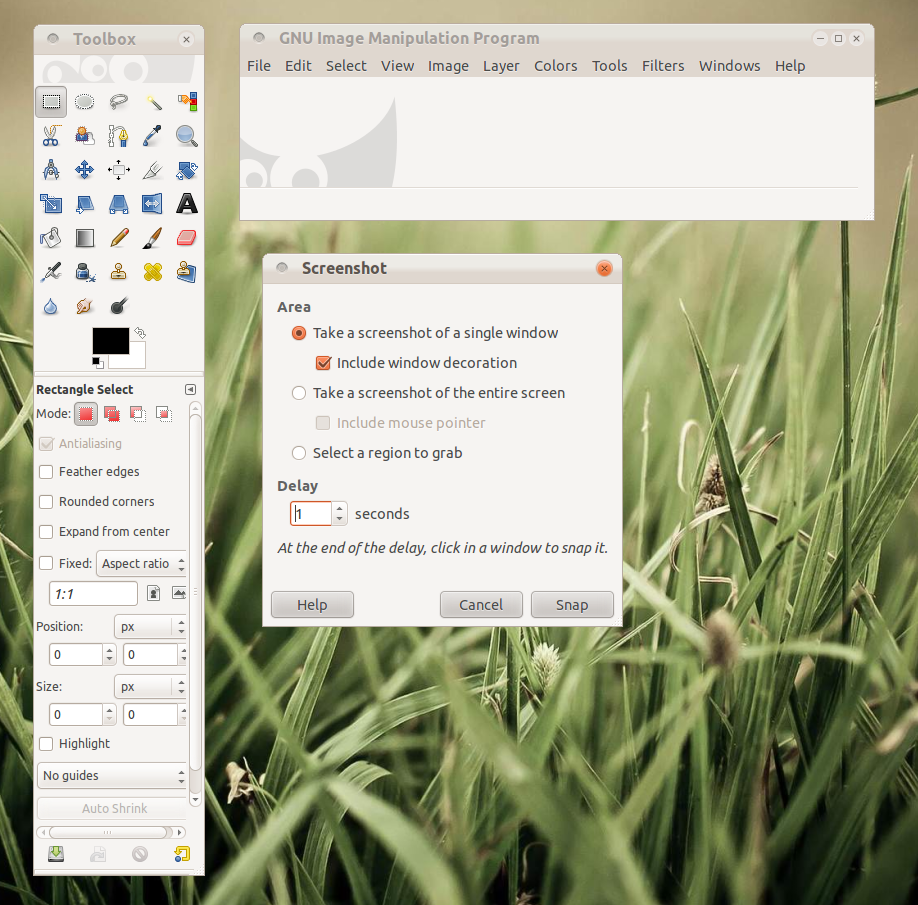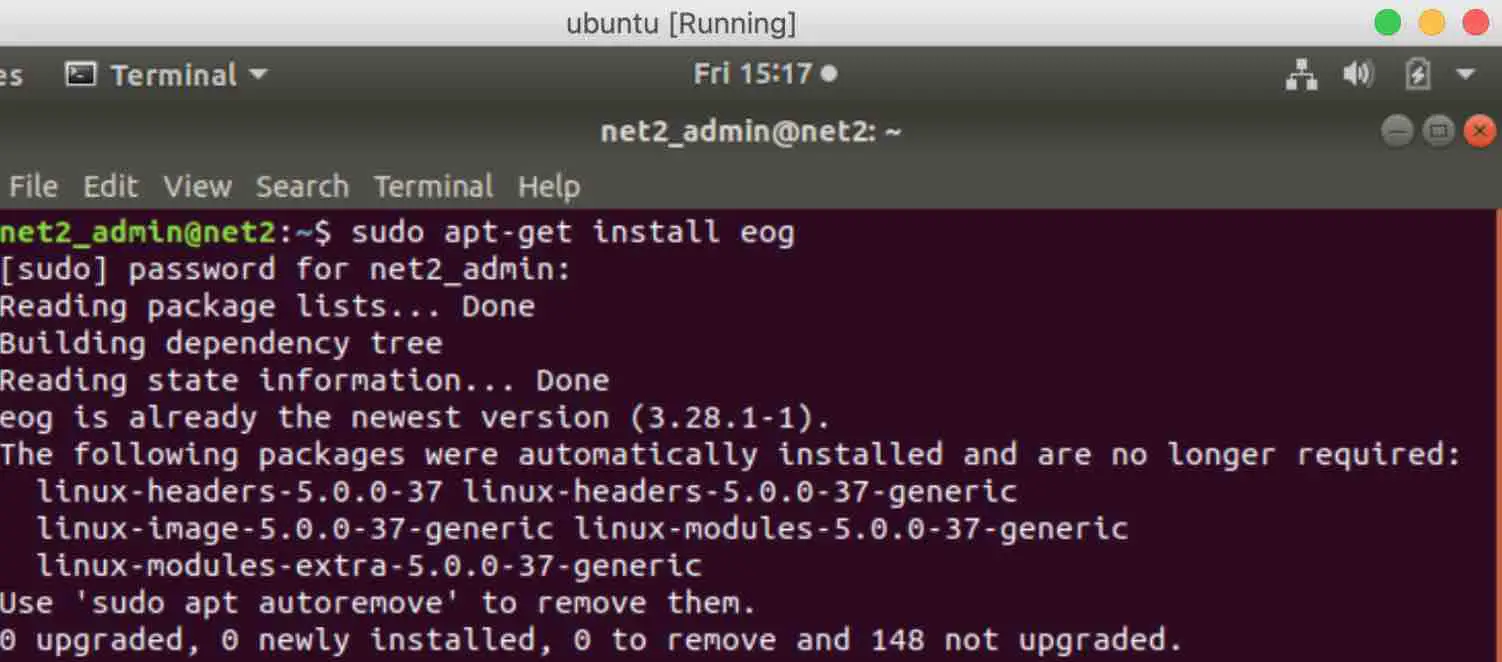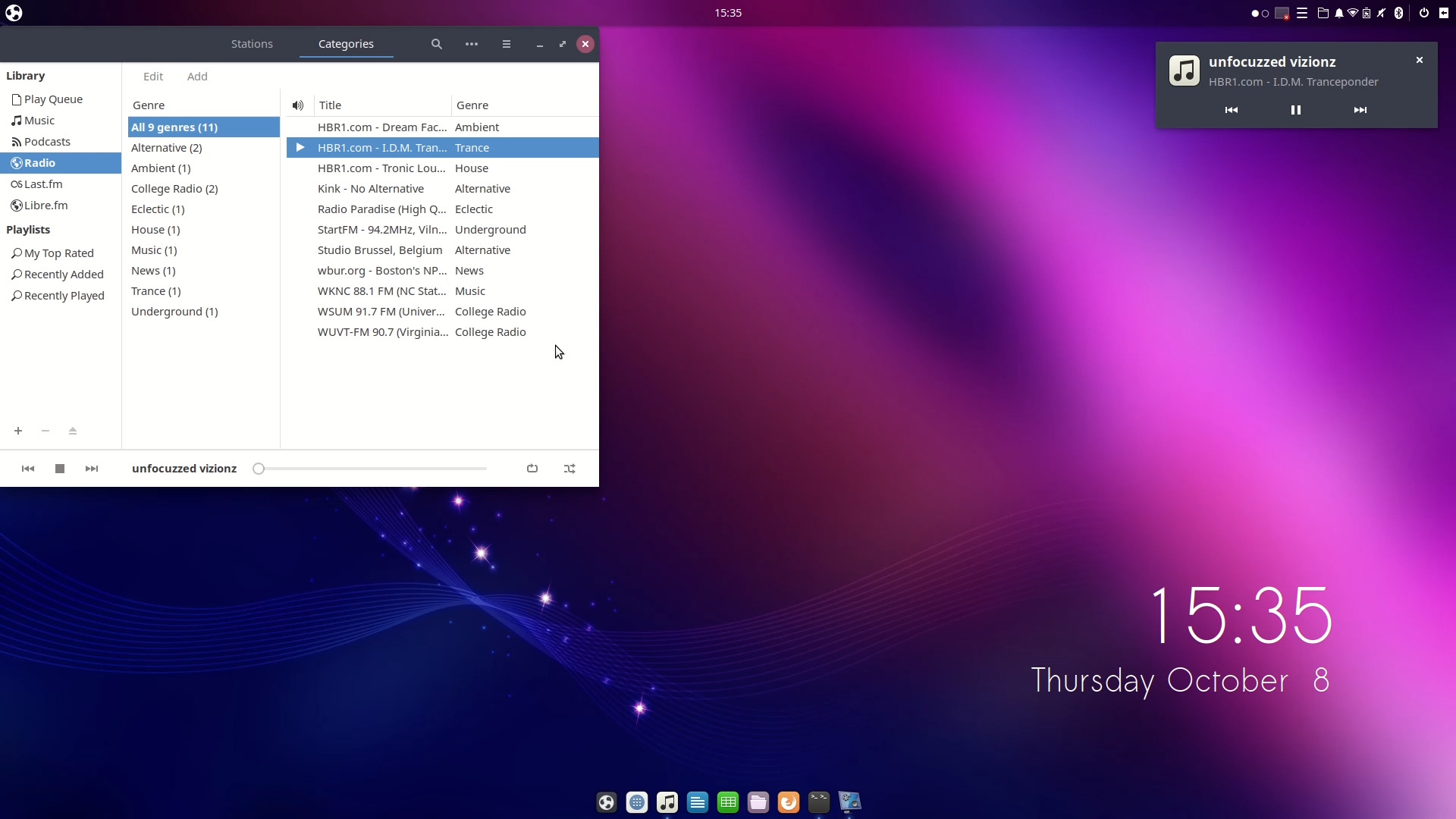

- #Install imagemagick ubuntu 16.04 how to
- #Install imagemagick ubuntu 16.04 install
- #Install imagemagick ubuntu 16.04 manual
- #Install imagemagick ubuntu 16.04 software
- #Install imagemagick ubuntu 16.04 password
#Install imagemagick ubuntu 16.04 password
Warning: The FileRun superuser is the only account not protected against brute force login attacks, so it is very important that you set a password that cannot be guessed by a computer. Although the automatically generated password is quite secure, it's still a good idea to set your own. Step 4 - Securing the FileRun installationĪs soon as you sign into FileRun you will be prompted to change the password. The form should be prefilled so you can just hit Sign in. Do not use the password from this tutorial screenshot, it won't work on your install.Ĭlick Next to open FileRun.

The password is being randomly generated at this step. Warning: Make sure you made a copy of the username and password displayed on the screen, before proceeding. You will be presented with the following screen, letting you know that FileRun has been successfully installed:

#Install imagemagick ubuntu 16.04 install
Install unzip: sudo apt-get install unzipĮxtract the downloaded FileRun archive: sudo unzip FileRun.zip Step 3 - Installing FileRunĬlean the default files from the root folder of your webserver ( /var/www/html/): cd /var/www/html/ĭownload FileRun: sudo wget -O FileRun.zip Your server now meets all the requirements and we can proceed with installing FileRun. Note: You can find the latest FileRun recommended PHP settings here: įinally, we need to restart Apache for the changes to take effect: sudo systemctl restart apache2 Paste the following inside the created file: expose_php = Off sudo nano /etc/php/7.0/apache2/conf.d/filerun.ini

This will include all the settings needed by FileRun. With ionCube installed, let's create a file which will automatically get appended by PHP to its configuration.
#Install imagemagick ubuntu 16.04 how to
Please follow this tutorial to get ionCube installed: How To Install ionCube on Ubuntu 16.04
#Install imagemagick ubuntu 16.04 manual
One last module which needs manual install is ionCube. The following command will install the PHP modules needed by FileRun: sudo apt-get install php-mbstring php-zip php-curl php-gd php-ldap php-xml Make a note of the database name filerun, the username filerun and the password YOUR-DB-PASSWORD as we will need this information again shortly. This concludes the configuration of MariaDB, therefore we will quit the session by typing: exit With the user assigned access to the database, perform the flush-privileges operation to ensure that the running instance of MySQL knows about the recent privilege assignment: FLUSH PRIVILEGES Note: Be sure to put an actual password where the command states: YOUR-DB-PASSWORD GRANT ALL ON filerun.* to IDENTIFIED BY 'YOUR-DB-PASSWORD' We chose to go with the name filerun for this guide. As with the naming of the database, choose a username that you prefer. Creating one-function databases and accounts is a good idea from a management and security standpoint. Next, create a separate MySQL user account that will manage the newly created database. While you can call this database whatever you prefer, we will be using the name filerun for this example. To get started, log into MySQL with the root account: mysql -u root -pĮnter the password you set for the MySQL root user when you installed the server.įileRun requires a separate database for storing its data. The MySQL database server is now configured and we can proceed with creating our FileRun database and the user account which will access it. Please follow this tutorial to set the prerequisites up: How To Install Linux, Apache, MySQL, PHP (LAMP) stack on Ubuntu 16.04 Step 1 - Setting Up FileRun's Database Prerequisitesīefore you begin this tutorial you'll need an Ubuntu 16 server, with Apache, MySQL and PHP.
#Install imagemagick ubuntu 16.04 software
We will also configure the server with an SSL certificate and install any third-party software FileRun might make use of, so that you can enjoy all FileRun features on a secure server. In this tutorial, we will install a FileRun instance on an Ubuntu 16 server running Apache, MySQL and PHP 7. Menu How To Install FileRun on Ubuntu 16 18 March 2017


 0 kommentar(er)
0 kommentar(er)
